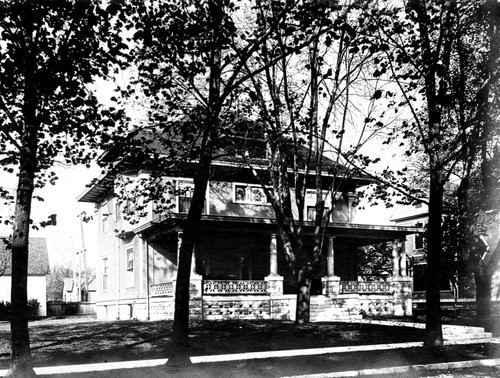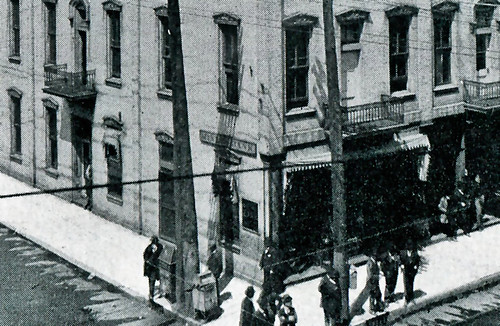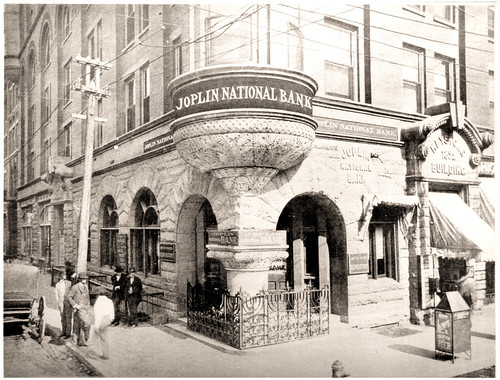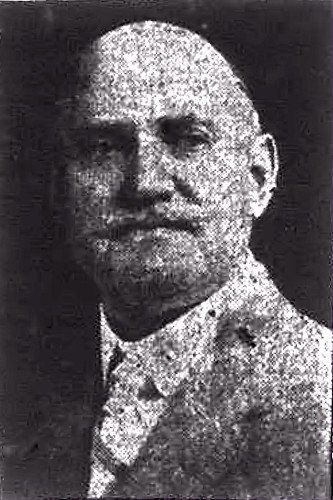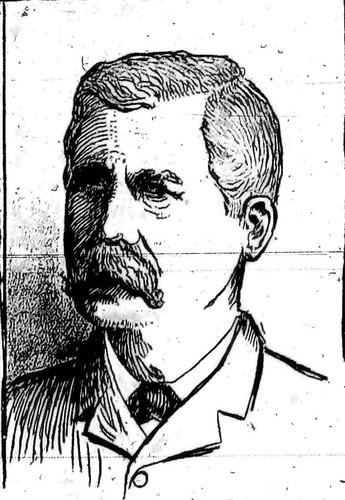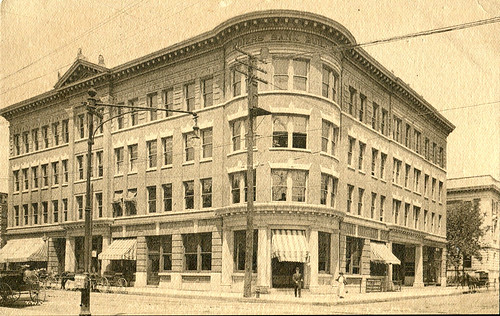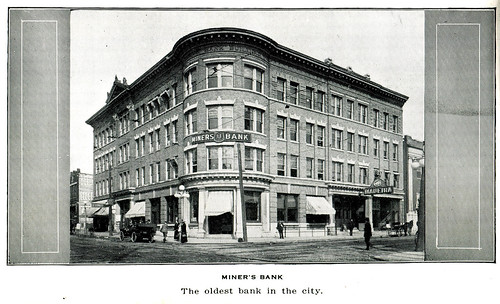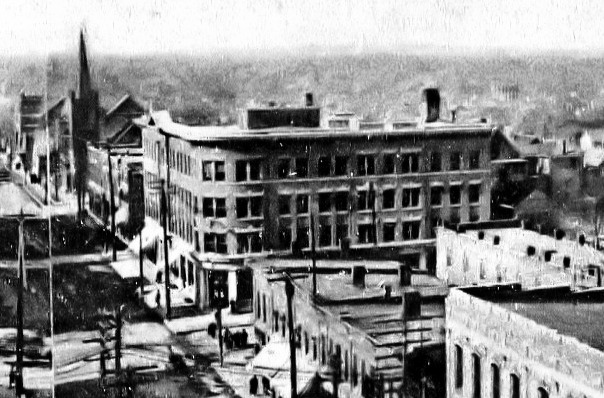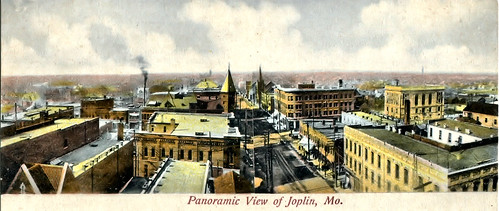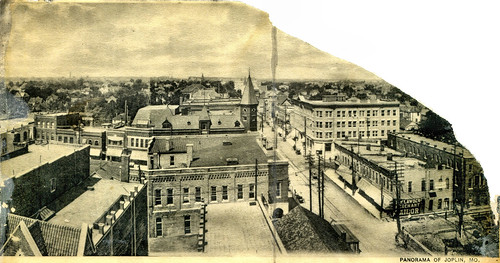On a fall day six years after the end of the Civil War, two men began digging a shaft on a hill near Joplin Creek in southern Jasper County, Missouri. Lured to the location by stories of lead lying as shallow as the roots of the prairie grasses, the two men, Elliot Raines Moffett and John B. Sergeant struck figurative gold and from those first few spadefuls of dirt the city of Joplin was established, as well their riches.
A native Iowan, Moffett was forty-three years old when his prospecting brought him to Jasper County. He and Sergeant had initially setup in the area of Oronogo, then known as Minersville, and acquired a mining interest in the vicinity of land owned by John C. Cox, a Tennessean who had arrived in the area years earlier. The lead strike, forty feet down, quickly led Moffett and Sergeant to build the first lead smelting furnace north of present day Broadway and on the banks of Joplin Creek. The smelter was not the only “first” that Moffett and his partner brought to the mining camp and later the city. In 1873, when the cities of Joplin and Murphysburg joined together to form Joplin, Moffett was the first mayor. In addition to building stores in the fledgling camp, he and Sergeant also opened one of the first banks at 315 Main Street and founded the Joplin & Girard Railroad completed in 1876 to connect the growing lead furnaces of the city to the Kansas coal fields. A second railroad to Pittsburg, Kansas, was completed and celebrated on July 4, 1876 with a golden spike driven into the earth at the Joplin depot. Later, Moffett sold his interest in the railroad and its right-away southward to the St. Louis and San Francisco Railway, also known as the Frisco, for a hefty $350,000. Not long after, Sergeant and Moffett opened up the White Lead Works which later became known as the Picher Lead Works.
It was prospecting which brought Moffett to the Joplin area, it was also that which led him to leave for Northwest Arkansas. In the belief that more incredible lead veins were waiting to be discovered in Arkansas, he prospected the hills around Bear Mountain. He found some lead, but not enough to make a second fortune. Instead, Moffett purchased hundreds of acres of land and went into the business of fruits and grapes. It was as a shepherd of orchards that Moffett spent the last years of his life until he passed away in February, 1904, in Crystal Springs, Arkansas.
Upon his death, one Joplin newspaper wrote of him:
“The announcement of his death spread rapidly over the city yesterday evening and many sincere expressions of regret were voiced, and the utterances were of that sincere character that indicate true regret – the regret that is always felt at the demise of a truly good citizen. The reason of this is very apparent when it is known that he was instrumental in building the first schools and the first churches, and was a willing contributor to many movements for the city’s welfare.”


